Airports require special attention to grounding. They not only handle fuel in close proximity to masses of people, but the airport is usually on high ground and therefore subject to lightning strikes. Static grounding is required whenever an airplane is refueled. This is normally accomplished by positioning a properly installed static grounding receptacle in the tarmac near the location where the refueling takes place.
A static ground lead is attached to this receptacle from both the refueling vehicle and from the aircraft before the fuel hoses are attached to the aircraft. This equalizes any potential difference between the two vehicles preventing a static spark.
Static grounding receptacles are installed flush with the finished tarmac (Fig. 1). The receptacle is welded to either a ground rod or ground grid or both. Receptacles that screw onto a threaded (sectional) rod are also available but the threaded connection may increase in resistance with time.
Static Grounding
Fig: 1
Static grounding receptacles have an internally cast ball (also available with a removable ball) for attaching the grounding clamp and are supplied with an attached cover. Static grounding receptacles can be welded directly to a ground rod. A ground conductor can be welded to the static grounding receptacle at the same time the receptacle is welded to a ground rod.
Lightning protection also should be installed on the airport structures. Lightning protection is discussed in detail in another article.
Anchor rods are also available for static grounding and tie downs. Installation requires augering a hole, inserting the assembly and backfilling. A large washer or steel plate with nuts are also required to secure the rod (Fig. 2).
Fig: 2
A combination static grounding receptacle / tie down is also available. It may be welded to a rod and/or a conductor (Fig. 3).
Fig: 3
Do you face any problems with grounding? Share with us.
Reference: erico
Read Next:
- Electrical Ground Loop Problems
- Disadvantages of Ground Loops
- Electrical Wiring Terminology
- Cable Screen shall not be Grounded?
- Theory of Electrical Grounding
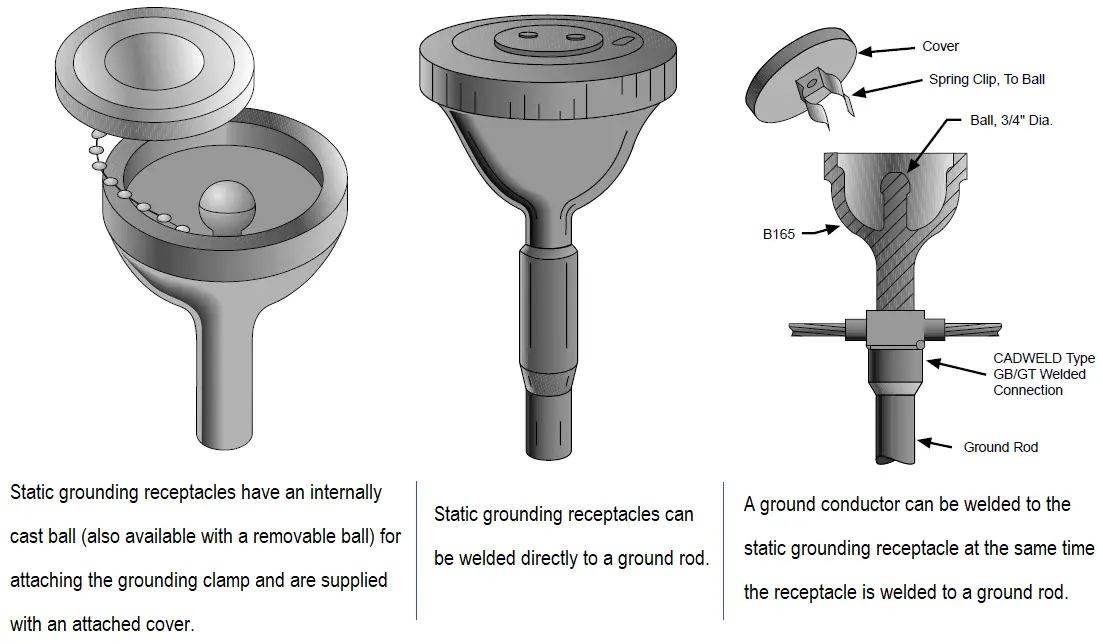
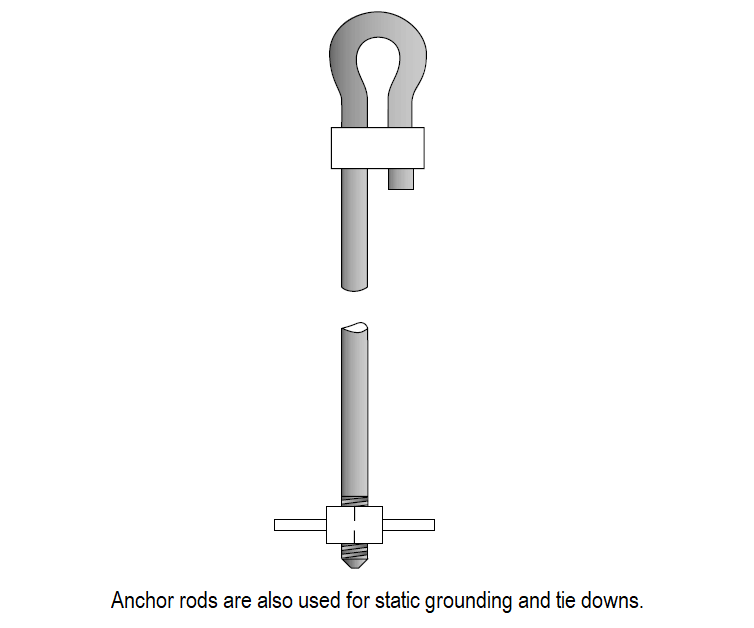
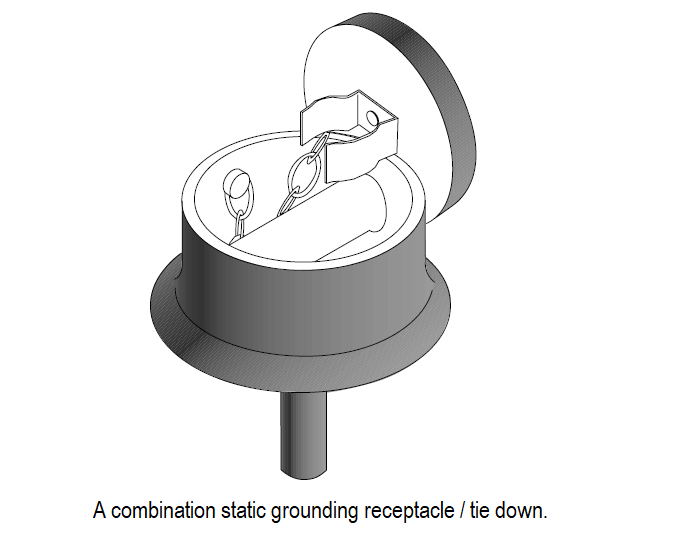
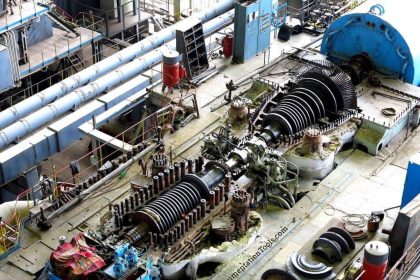


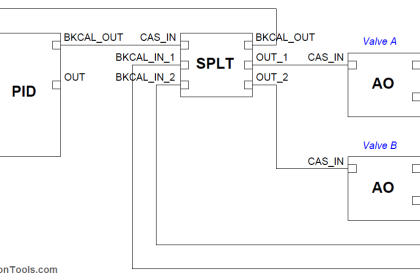
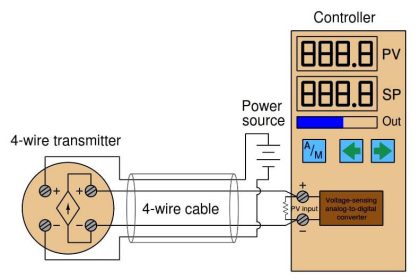
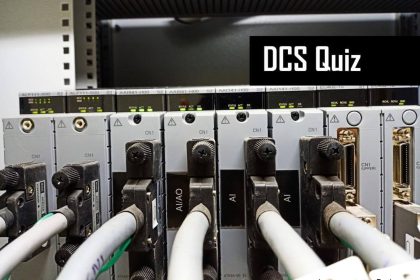

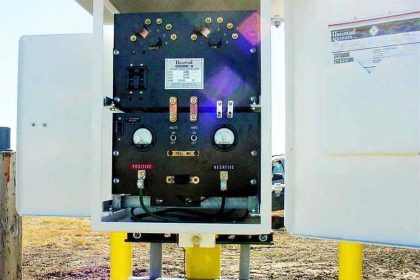

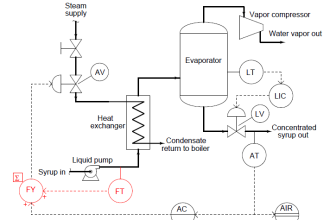
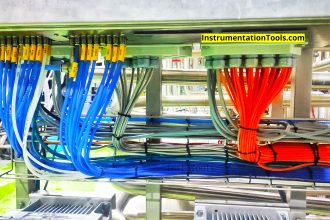
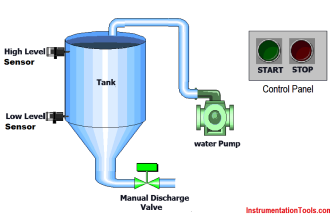

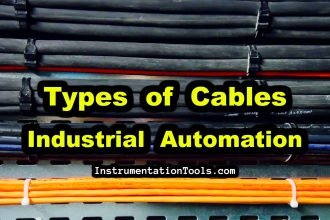
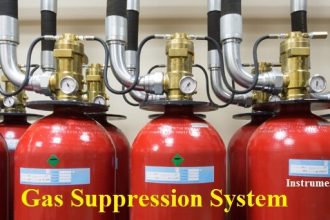
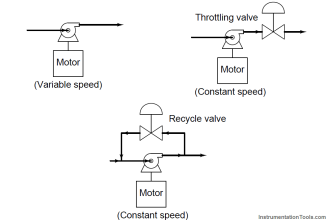

Dear Inst Team
Nice information of Grounding/earthing related from past few days’.
Keep it up!!!